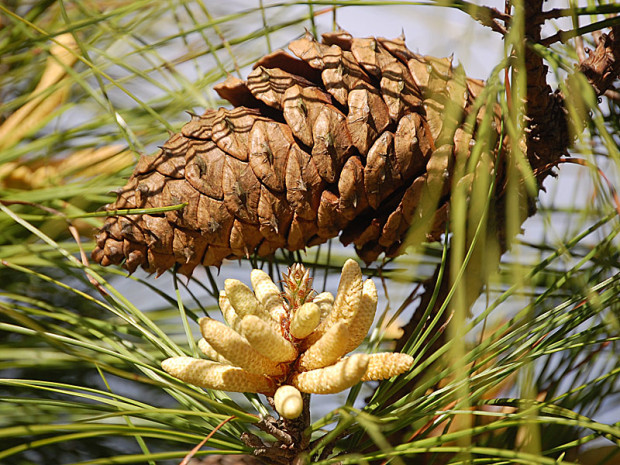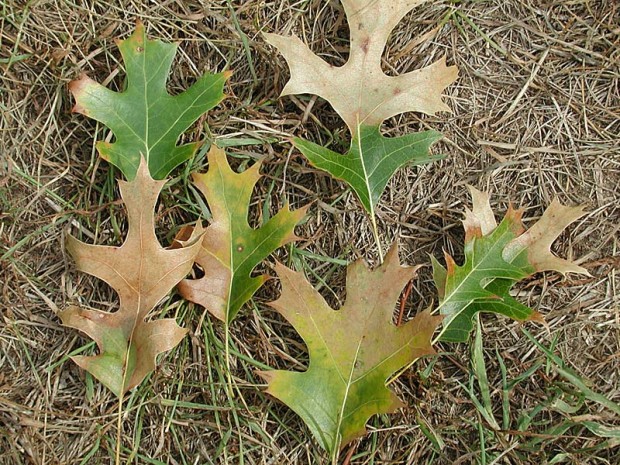Invasive pests like emerald ash borer harm Michigan’s natural resources. As part of National Emerald Ash Borer (EAB) Awareness Week, May 19-25, 2013, the Michigan Department of Agriculture & Rural Development (MDARD) is urging travelers to leave their firewood at home and burn it where they buy it.
According to Gina Alessandri, MDARD’s Pesticide and Plant Pest Management Division Director, “The easiest way for an invasive insect to move around is on firewood. The accidental introduction or spread of potentially devastating forest pests such as the Asian longhorned beetle, thousand cankers disease of black walnut, oak wilt, and gypsy moth can occur through firewood movement. Firewood should be purchased as close to where it is going to be used as possible. If you are camping and purchase firewood, don’t take unused firewood home with you or to your next camp site. Take a stand against potentially devastating pests and burn it where you buy it.”
National EAB Awareness Week helps emphasize the need for continued cooperation and support from citizens, tourists, communities, government, and industry partners related to preventing the spread of EAB, but also offers the opportunity to highlight the potential damage other exotic, invasive pests can have such as Asian longhorned beetle, hemlock woolly adelgid and many others.
Traps will be established in Michigan again in 2013 as part of the National EAB survey. Traps will be located in Iron and Gogebic counties in the Upper Peninsula to look for EAB. The purple traps contain a special bait to lure EAB and are extremely sticky on the outside so it will not be able to fly away once it lands.
Michigan residents and visitors are urged to learn about EAB and adhere to the State’s quarantine banning the transport of not only hardwood firewood but also ash trees, ash logs and lumber with bark, and hardwood wood chips greater than one inch in diameter from quarantined areas. Quarantine violators face fines/penalties ranging from $1,000 up to $250,000 and face up to five years in jail if found guilty of transporting hardwood firewood and other regulated articles out of the quarantine zones or from the Lower Peninsula into the Upper Peninsula.
For more information on the Michigan EAB quarantine, please visit www.michigan.gov/eab or www.emeraldashborer.info.



